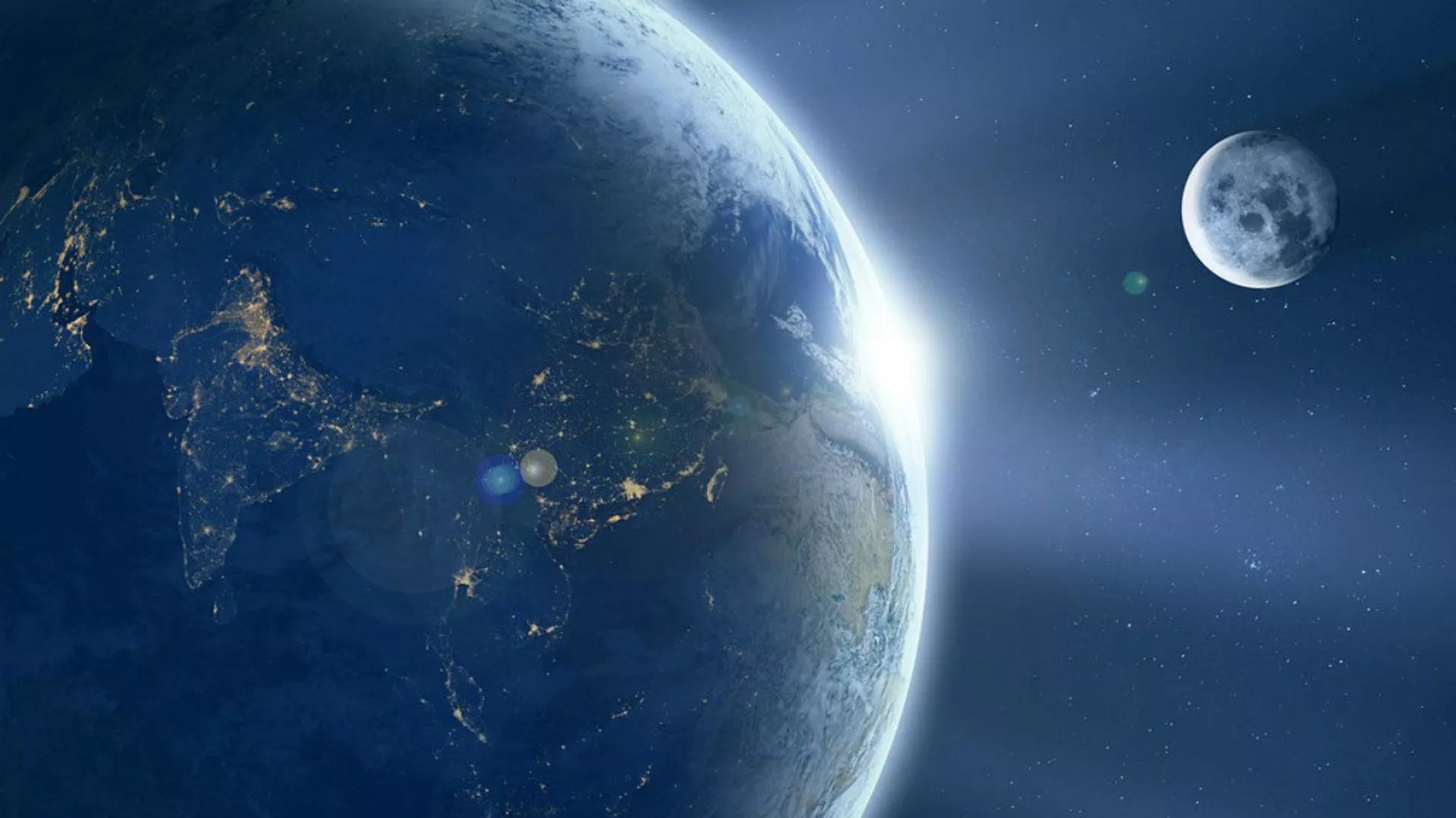Africa-Press – Sierra-Leone. Sixty-six million years ago, a giant asteroid slammed into Earth, leading to the extinction of non-avian dinosaurs and three-quarters of all species in an event known as the K-T mass extinction. Recent samples collected from the moon have shed light on solar system dynamics, including the likelihood of future catastrophic Earth-bound asteroids.
In addition to discovering that significant asteroid impacts occurred in clusters, new findings showed that asteroid impacts on the moon’s surface coincided with some of the largest ones on Earth, including the one responsible for killing off the dinosaurs.
The study utilized microscopic glass beads within lunar soil samples collected by China’s 2020 Chang’e-5 lunar mission. The glass beads, which are the result of high heat and pressure generated by meteor strikes, were organized by age to reconstruct an approximate timeline of “lunar bombardment” that closely matches similar strikes on Earth.
Lead author professor Alexander Nemchin, from Curtin University’s Space Science and Technology Center (SSTC) in the School of Earth and Planetary Sciences, said the findings indicate the timing and frequency of asteroid impacts on the moon may have been mirrored on Earth, telling us more about the history of our planet’s evolution.
The ages of some of the glass beads indicated they were created around 66 million years ago, or around the same time that the Chicxulub asteroid hit Earth, which triggered tsunamis, firestorms and debris clouds dense enough to block out the Sun.
Scientists involved with the study are hopeful that continued research could give further insight into the “Big Bang,” and whether or not it was actually a big bang followed by a number of smaller bangs.
The team now plans to compare data from both lunar soil samples and other soil samples with the ages of craters across the moon’s surface in the hopes it could shed light on corresponding impacts on Earth that may have impacted life.
Published in the peer-reviewed journal, Science Advances, the study is called “Constraining the formation and transport of lunar impact glasses using the ages and chemical compositions of Chang’e-5 glass beads.”
For More News And Analysis About Sierra-Leone Follow Africa-Press






